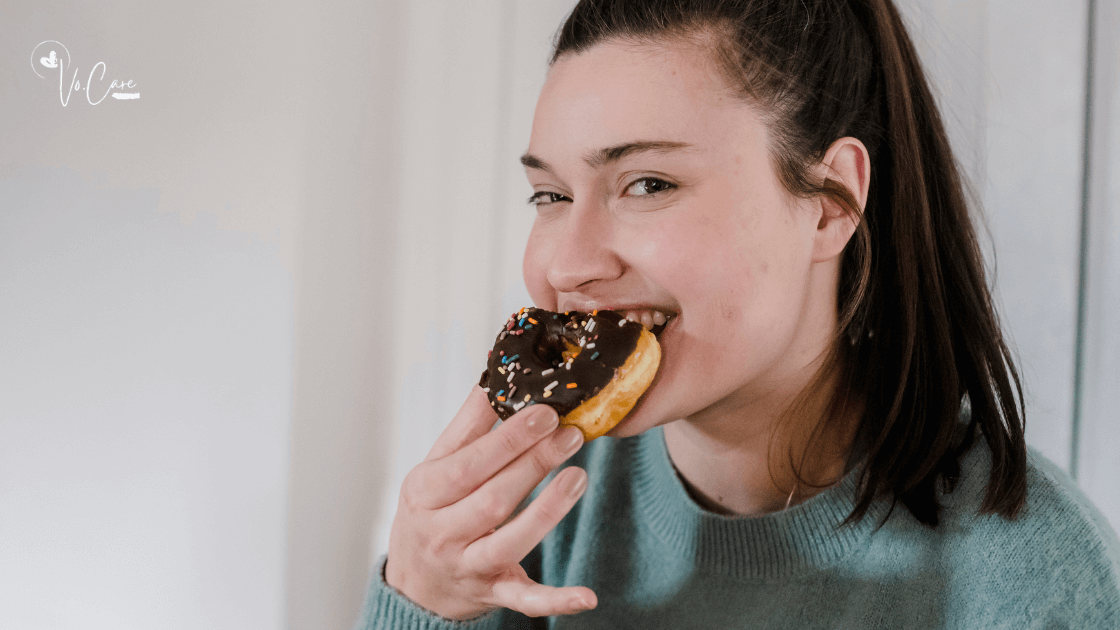TL;DR Habit cues are triggers that initiate habit loops, influencing our behaviors. Recognizing these cues is crucial for making positive changes and gaining self-awareness. Habit cues can be external, internal, or time-based triggers. Identifying your own cues involves observation, reflection, experimentation, journaling, and patience. Once identified, cues can be intentionally modified or replaced to support positive behavior changes. Understanding habit cues empowers individuals to control their actions, strengthen good habits, and avoid situations that lead to bad ones.
Changing habits is challenging, but cues can help. Cues are signals that prompt specific actions as the starting point for positive changes in our routines. Understanding and recognizing your own triggers helps you make positive changes in what you do. In this blog, we’ll learn about cues and what role they play in your actions or behavior. Hopefully, you’ll gain awareness that lets you see the patterns and things that make you do the things you do, giving you a better understanding of yourself.
What are Habit Cues?
Habit cues are triggers that initiate and set off the entire habit loop. Remember that in a habit loop, you have a cue, routine, and trigger. Habit cues are the signals or reminders that prompt a specific behavior or routine.
Habit cues can be external, like specific locations or objects, internal, involving emotions or thoughts, or time-based, linked to particular times of the day.
Example of How Habit Cues Work
Imagine someone has a routine of eating a chocolate bar every afternoon at their desk. In this scenario:
👉 Cue (Trigger):
The cue could be a specific time, like 3:00 PM, which acts as a time-based trigger for the habit. It could also be an emotional cue, where the stress or monotony of the workday prompts the desire for a chocolate break.
👉 Routine (Behavior):
The routine is the actual behavior triggered by the cue. In this case, it’s eating a chocolate bar.
👉 Reward:
The reward is the satisfaction or pleasure derived from consuming the chocolate. It provides a positive reinforcement for the behavior.
Over time, the individual’s brain associates the cue (time or emotional state) with the routine (eating chocolate), and the reward reinforces the loop.
Identifying the Cues: The Solution
So how can this person change this habit? The person can work on modifying the routine, perhaps by replacing the chocolate with a healthier snack or finding alternative ways to cope with stress. If a person doesn’t know what the trigger is, it becomes trickier to change the routine.
Identifying Your Own Habit Cues
Identifying your own habit cues involves a process of self-awareness and observation. While doing this may not be inherently difficult, it still requires conscious attention and reflection. Here’s a straightforward approach to help you identify your habit cues:
1. Observation
Pay close attention to your habits without judgment. Choose one specific habit you want to understand, and observe when it occurs. Note the circumstances, surroundings, emotions, and time associated with the habit.
2. Reflection
Take some time to reflect on the observed patterns. Ask yourself questions like:
- When does the habit usually occur?
- What emotions or situations precede the habit?
- Is there a specific location or time associated with it?
3. Experimentation
Experiment with modifying potential cues. Change the time, environment, or emotional context surrounding the habit. See if altering these factors affects the occurrence of the habit.
4. Keep a Journal of Your Habit Cues
Maintain a habit journal to record your observations, thoughts, and any changes you implement. This can help you track patterns over time and identify consistencies in cues.
5. Be Patient
Recognizing habit cues may take time, and it’s okay if it doesn’t happen immediately. Be patient with yourself and stay committed to the process of observation and reflection.
While it may require some effort and patience, the act of identifying your own habit cues is not inherently difficult. It’s about cultivating mindfulness and a willingness to explore the factors influencing your habits. Once you gain insights into your cues, you can take intentional steps to modify or replace them to support positive behavior changes.
Identifying habit cues is the first step towards gaining control over one’s habits and fostering intentional actions. Knowing your cues also helps you plan and set up your surroundings to support the habits you want. By being intentional and setting up positive cues, you can improve your chances of sticking to new habits. Overall, knowing about habit cues helps you control your actions better, allowing you to make smart choices to strengthen good habits or avoid situations that lead to bad ones.
If you would like to learn more about Habits, feel free to join my channel on Instagram: YouHabits. I exclusively talk about habit hacks on that channel as well as share my insights on how to make positive changes.

